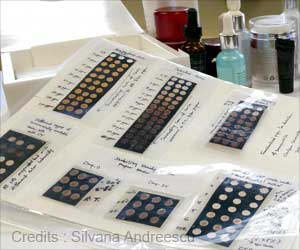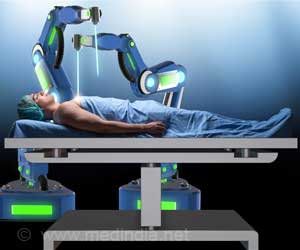
‘Nanodisc-based bioelectronic nose with olfactory receptor produced in escherichia coli can be used for the assessment of the death-associated odor, cadaverine.’
Tweet it Now
When food begins to rot, the smell that we find repulsive comes from a compound known as cadaverine. That’s also the substance responsible for the stench of rotting bodies, or cadavers -- hence the name. The compound is the result of a bacterial reaction involving lysine, which is an amino acid commonly found in various food products. Detecting Smell With E.coli- Embedded Nanodisc
A previous study has shown that a receptor in zebrafish has an affinity for cadaverine. To make this receptor in the laboratory, scientists have turned to E. coli as a host cell because it can easily produce large quantities of proteins. But the production of this receptor in E. coli has been a challenge because it needs to be in a membrane.
One way to do this is to make the protein in a bacterial cell and reconstitute it in nanodiscs, which are water friendly, membrane-like structures that the receptor can reside in. So, Seunghun Hong, Tai Hyun Park and colleagues wanted to see if they could put the receptor into nanodiscs to create a sensitive and specific detector for cadaverine.
The researchers successfully produced copies of the receptor in E. coli and assembled them into nanodiscs. The receptor-containing nanodiscs were then placed in a special orientation on a carbon nanotube transistor, completing the bioelectronic nose.
Advertisement
Source-Eurekalert








